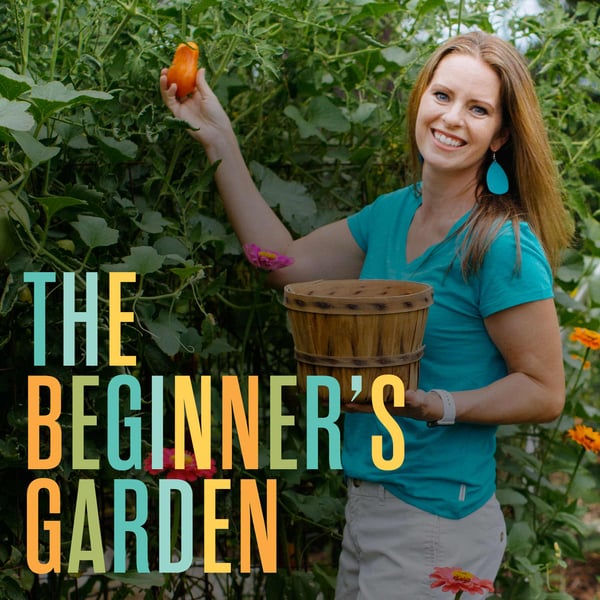Q & A Straw Bale Garden Fertilizer to Garden Soil?
The Beginner's Garden with Jill McSheehy
Jill McSheehy
4.4 • 734 Ratings
🗓️ 11 December 2020
⏱️ 5 minutes
🧾️ Download transcript
Summary
Why wouldn't you fertilize your garden soil like a straw bale? We will answer that question on today's Q&A.
Show Notes:
(*links below contain affiliate links, which means if you click through and make a purchase, we will earn a commission at no extra cost to you.)
Straw Bale Results:
https://journeywithjill.net/gardening/2020/11/10/straw-bale-garden-results-after-my-first-season/
Vegetable Gardening for Beginners Book: https://amzn.to/3kZXFDu
Connect with Jill:
Sign up for Friday Emails: https://journeywithjill.net/gardensignup
Instagram: https://www.instagram.com/thebeginnersgarden/
Beginner's Garden Shortcut FB Group: https://facebook.com/groups/beginnersgarden/
Link to Beginner's Garden Podcast past episodes: journeywithjill.net/podcast
Transcript
Click on a timestamp to play from that location
| 0:00.0 | On today's Q&A episode, I'm going to answer a question I've received from a couple of people |
| 0:05.0 | regarding the Strawbell Garden episode or blog post you may have read. |
| 0:10.7 | And this specifically refers to the amount of fertilizer that I added to the straw bales, |
| 0:17.3 | both the nitrogen and the all-purpose fertilizer at the very end. |
| 0:21.4 | The first question I received, I don't have it right in front of me, but it was basically |
| 0:25.4 | if all of this nitrogen that you added to the straw bales worked so amazingly for the straw bales, |
| 0:32.6 | why can't I just do the same thing and add all of that directly to my garden soil? |
| 0:38.9 | And I thought that was a really good question and one I hadn't really even thought to answer because a lot of times we do look at |
| 0:44.2 | those fertilizer inputs as being something that directly addresses the plant, which that's true. |
| 0:50.8 | If I were to go and I were to take a nitrogen source such as the malorganite |
| 0:54.6 | and I would put it in my soil in advance of planting or I would side dress it around existing |
| 1:00.8 | plants and watering it in, then I would assume that that nitrogen would be there for that plant. |
| 1:06.8 | But when it comes to straw bell gardening, the nitrogen is there to help speed up the composting |
| 1:13.5 | process. So the straw bale in effect becomes its own composted soil substance. It's kind of hard |
| 1:22.2 | to describe. But basically the nitrogen and the water along with the straw bale, which if you know much about |
| 1:28.7 | composting in general, you've already got your greens, which is the nitrogen, the water, and then |
| 1:34.0 | the carbon source, which is the straw. And then, of course, the way that the bale is, you've got |
| 1:38.6 | your air. So you're basically making a sped up compost area to plant your plants into. So that nitrogen isn't necessarily |
| 1:47.2 | going to directly impact the plants as much as it is to actually create the compost. And for that |
| 1:55.2 | reason, you wouldn't want to add that amount of nitrogen to garden soil. It would be way overkill and it would probably |
| 2:04.1 | do damage to your soil, quite frankly. And even if it didn't damage your soil, you've got the risk |
| 2:10.2 | of runoff because when plants can't uptake the nutrients that are added to it, it's going to runoff. |
... |
Please login to see the full transcript.
Disclaimer: The podcast and artwork embedded on this page are from Jill McSheehy, and are the property of its owner and not affiliated with or endorsed by Tapesearch.
Generated transcripts are the property of Jill McSheehy and are distributed freely under the Fair Use doctrine. Transcripts generated by Tapesearch are not guaranteed to be accurate.
Copyright © Tapesearch 2025.

